Layer Signals: A Practical Guide to Layer Focused Management
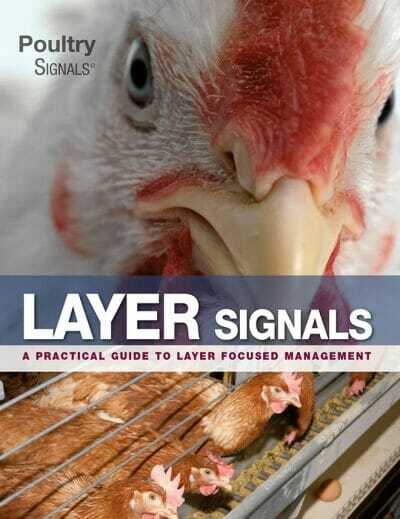
By Monique Bestman, Marko Ruis, Jos Heijmans and Koos van Middelkoop
Layer Signals: A Practical Guide to Layer Focused Management PDF. ‘Laying hens are not egg laying machines. Proper care requires knowledge of the animal and the capability to use this in practice. For optimal results.’
Not all poultry farmers maximise the full potential of their birds. Both kept in cage or floor systems, for a good performance during the production period, the management should be correct and efficient. But how do you know that what you are doing is right? Your chickens continuously send out signals: about their health, how well they know their way around their surroundings and whether they feel happy and comfortable.
Do you recognise the signals your chickens are giving? Do you know the difference between abnormal, runny droppings and healthy caecal droppings? Are you able to identify abnormalities of the egg and trace this back to the cause? And do something about it?
If you recognise the signs that point to potential problems, then make sure you are armed with information to take the appropriate steps to get your flock back on track. But to do so, you must know all the ins and outs of your own farm and be able to assess the impact these changes will have on your animals.
Layer Signals is a practical guide that shows you how to pick up the signals given by your animals at an early stage, how to interpret them and which action to take.
Poultry Signals® presents practical knowledge of animal oriented poultry farming in an easy, accessible format.
This Book is Available For Premium Members Only


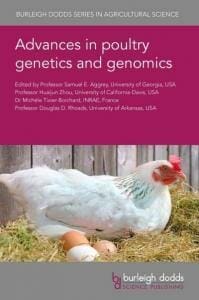
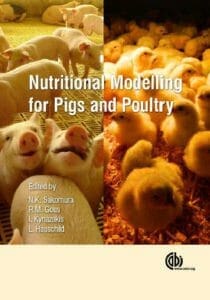

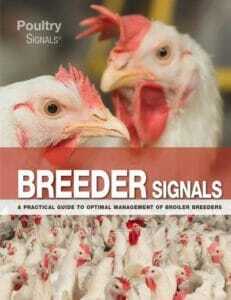

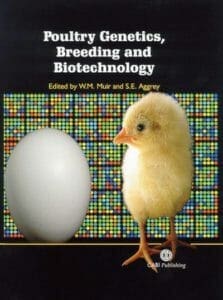
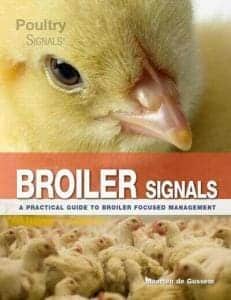




![Ettinger’s Textbook of Veterinary Internal Medicine 9th Edition [PDF+Videos] Ettinger’s Textbook of Veterinary Internal Medicine 9th Edition [True PDF+Videos]](https://www.vet-ebooks.com/wp-content/uploads/2024/10/ettingers-textbook-of-veterinary-internal-medicine-9th-edition-100x70.jpg)

![Textbook of Veterinary Diagnostic Radiology 8th Edition [PDF+Videos+Quizzes] Thrall’s Textbook of Veterinary Diagnostic Radiology, 8th edition PDF](https://www.vet-ebooks.com/wp-content/uploads/2019/09/textbook-of-veterinary-diagnostic-radiology-8th-edition-100x70.jpg)






